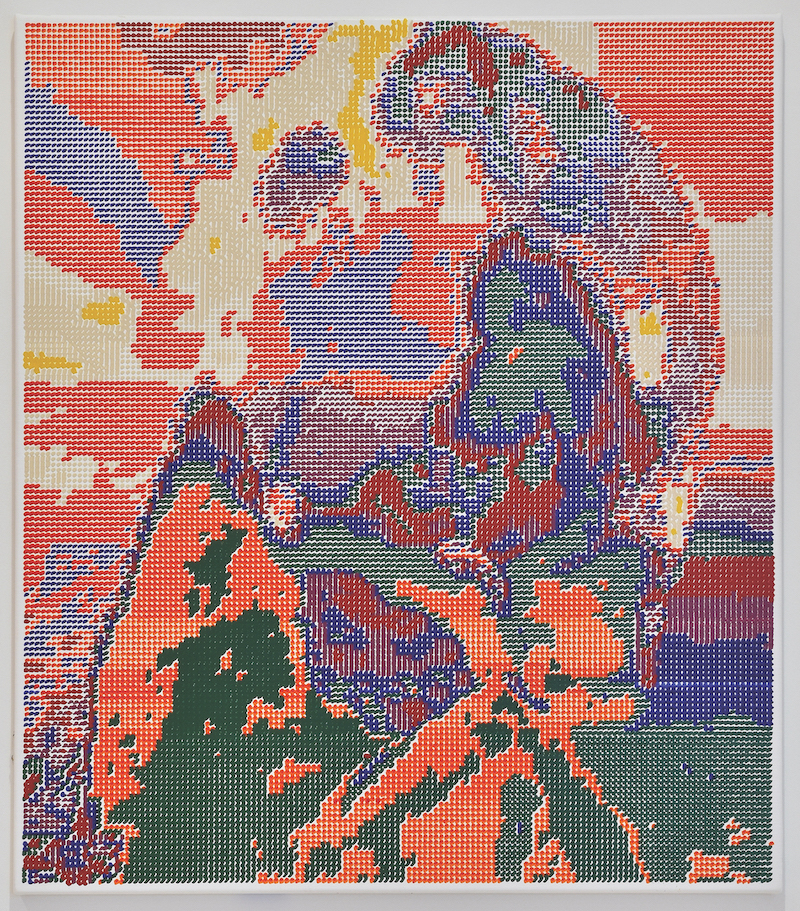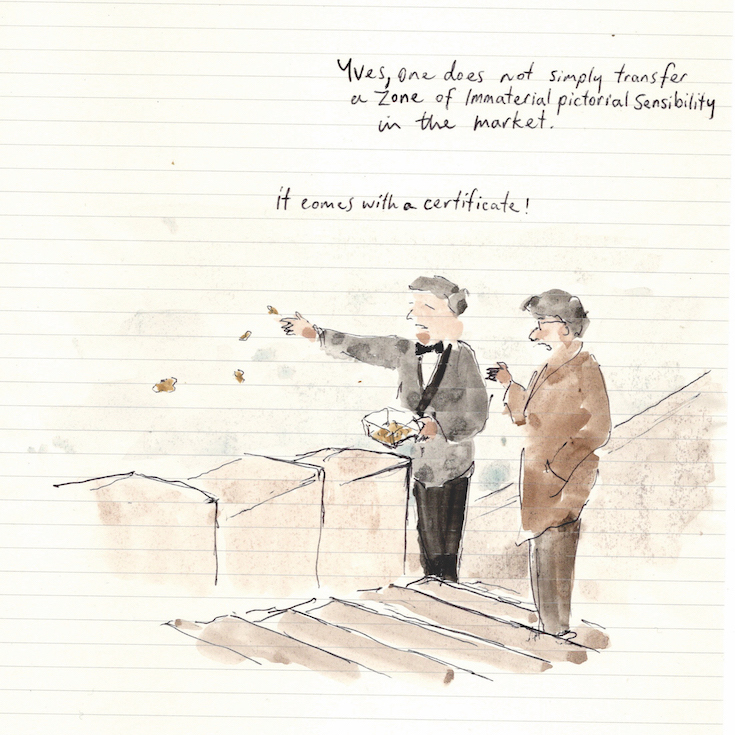New Directions: Simon Ingram
New Directions: those artists who have recently taken their practice somewhere different.
Words: Emil McAvoy
Simon Ingram’s work took a new direction in his 2020 exhibition GAN Painting at Auckland’s Gow Langsford Gallery. Here we saw the machine dreams of an artificial intelligence algorithm able to grow its own synthetic pictures from a large real-world image library. The dreams were interpreted by Ingram’s computer-machine assemblage as a series of brush strokes and rendered over an extended period. Software translates the data into robotic commands that control paint brushes, creating sequences of mechanised gestures across the canvas.
In GAN Painting, the presence of each composition’s synthetically grown image is presented in an alternative way. The exhibition text describes this process “not as an abstract graph of cosmic or cognitive energy, but as a representational image held just beyond range, in order to generate an ambiguous matrix of brush marks neither real nor unreal.” The canvases flirt with yet allude representational clarity, ultimately asserting themselves as a cryptic array of painted vectors.
Much of the artist’s work has interpreted data sets from different natural sources and translated this into painting. Radio Painting Station – Looking for the Waterhole (2017) at ZKM Center for Art and Media Karlsruhe in Germany, for example, materialised invisible cosmic radiation above Karlsruhe in a series of four paintings. Ingram gathered data by mounting a horn antenna on ZKM Karlsruhe’s Kubus building to receive information from space. The artist’s observations focused on the hydrogen line – in astronomy this refers to the radio emissions of neutral hydrogen. This radiation can provide information on the density distribution, velocity and temperature of hydrogen atoms in the universe. Reference to the term Waterhole in the title is used in the context of SETI (Search for Extra-terrestrial Intelligence), to denote the frequency range that is deemed most likely to make life feasible.
In the past, the paintings have been monochrome, however in GAN Painting the artist has allocated colour to each stroke – about four stenographic letters (from Jacques Cossard’s 17th-century French shorthand alphabet) for each colour. These colours are copied from the palette Henri Matisse used in La Japonaise: Woman beside the Water (1905). Ingram was attracted to the aesthetics of this Matisse, but also the way in which each colour is relatively separate. Seven colours sampled from the Matisse are designated hexadecimal colour codes, which his software application uses to parse specific strokes in the library as certain colours.
Ingram writes of the work: “Each stroke that will comprise the painting is also actually a letter in stenographic format, so the paintings are a kind of writing.”
Ingram’s exhibition The Algorithmic Impulse shows at City Gallery Wellington until March 2021. It surveys the artist’s work since 1996 and unveils new projects made by Terrestrial Assemblages, an art-science group Ingram initiated with John Paul- Pochin. Here the artist also creates paintings using data generated by his own brainwaves through an EEG headset, alongside others made by invited guests and gallery visitors.
This article was originally published in Art Collector issue 95, January to March 2021.









